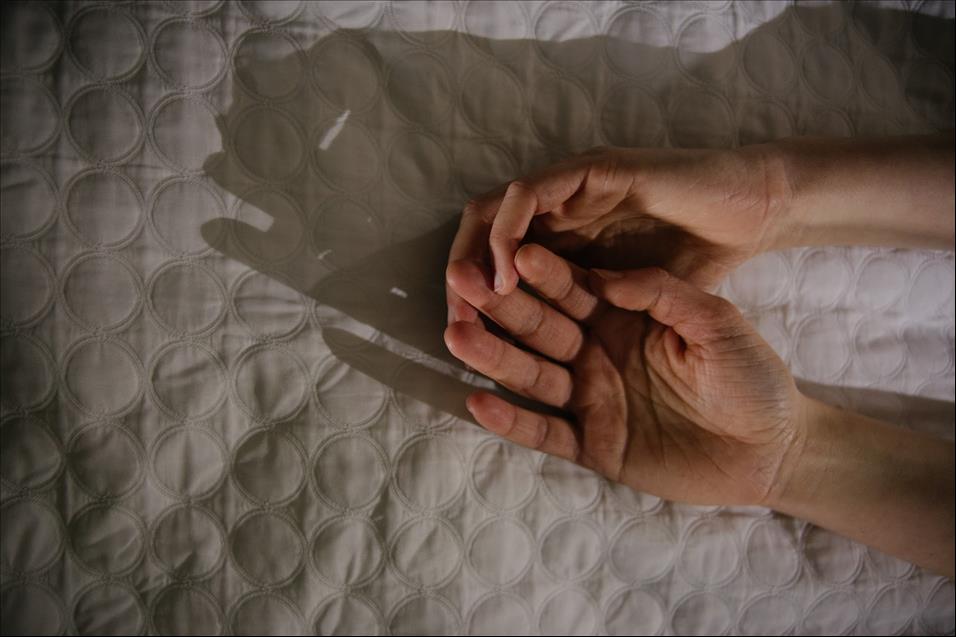(MENAFN- The Conversation) There are some writers you wish you had encountered years ago. There are some authors you only discover – for many reasons – years after their death.
The Afrikaans writer koos prinsloo is one such, for me. He wrote during the last violent decade of apartheid – a system of forced racial segregation implemented by the Afrikaans-speaking white minority rulers of South Africa. While the country was undergoing states of emergency and increasing internal revolt, Prinsloo wrote from deep within the dominant white patriarchal culture. But his work spoke directly back to this domination by representing a maligned and repressed aspect of it. And this is of interest for us today.
Before his early death, of HIV-related causes in 1994, Prinsloo had published four groundbreaking collections of Afrikaans short stories: Jonkmanskas (a term for a clothes cupboard) in 1982, Die Hemel Help Ons (Heaven Help Us) in 1987, Slagplaas (Place of Slaughter) in 1992 and Weifeling (Hesitation) in 1993.
Fourthwall Books place of slaughter and other stories , published in October 2022 by Fourthwall Books in Johannesburg, is the first and most comprehensive translation into English of his work. The collection is translated by the University of the Witwatersrand academic Gerrit Olivier. Place of Slaughter includes all Prinsloo's stories from Slagplaas and a significant selection from his other books; a total of 24 stories.
This collection represents a powerful voice that upends the long-held Afrikaner myths of heterosexual male identity, and speaks bravely for alternative identities.
Who was Koos Prinsloo?
Prinsloo was an Afrikaans journalist and short story writer, renowned for writings that blurred the line between fiction and autobiography, and that dared to depict gay sex and intimacy in a very frank, sometimes brutal, manner. (I am reminded of the paintings of the British painter francis bacon .)
Prinsloo was born in 1957 in Eldoret in Kenya. When he was five, the family moved to South Africa. His family settled at Ingogo, outside Newcastle, where his father got a job at the power station at Ingagane, and where Prinsloo matriculated at Newcastle High School. He completed his national military service in 1976 and thereafter enrolled for a bachelor of arts degree at the University of Pretoria.
Such facts we glean from the stories themselves – along with photographs of his father, known as Daan, the obituary of his grandfather, and detailed, often rambling footnotes.
Life and art
Prinsloo weaves out of the threads of his own biography a tapestry that is unsettling in its pitiless confrontation with childhood and adolescence, while at the same time oddly hyperreal. This practice is not without its moral or ethical concerns, and Prinsloo's writing certainly did attract controversy during his life. Both for playing fast and loose with the names and historical accounts of recognisable people, but also for its middle-finger attitude to white Afrikaner nationalism and Afrikaner male power.
His second collection, die hemel help ons , was awarded the Rapport Prize, but the directors of rapport newspaper rescinded the award because a sentence in Border Story was adjudged disrespectful to then-president pw botha .
Translator Gerrit Olivier has published several works on Prinsloo. African Sun Media Prinsloo worked for several newspapers and publishing houses, including the independent, left-wing weekly vrye weekblad and Afrikaans daily beeld . The figure of a journalist, and particularly that of the writer, features prominently in his stories. It is never clear whether these are all the same man, or whether they are characters or versions of the writer's self. Sometimes this person is referred to as the younger writer, sometimes The Main Character, sometimes The Poor Sod. Even The One. He. Often it is the simple I. Not infrequently, the one who begins a story in one voice – the so-called objective third person – suddenly switches and becomes the intimate I.
Prinsloo is unceasingly a writer engaged with the persona of himself as writer and with the tools or elements of his craft. He knows, too, that we the readers exist. He addresses us often, referring to us as the Dear Reader. His stories also cross-reference each other, re-presenting the same characters, such as The Pop Star, or family members, even the same factual events but told differently.
Terrible beauty
Prinsloo is a postmodern writer , yet the self-consciousness that is evident in these stories is in no way precious or superior. There is a shocking brutality – a carnality even – that functions both to expose male power and the violence of South Africa at that time (has much changed?) and to highlight the“terrible beauty” of the world as a place of desire and slaughter.
In a period of a mere 12 furious years, from 1982 until his death in 1994, Prinsloo produced the four collections of startling short stories that are assembled here in Place of Slaughter and Other Stories. It has been argued that his stories are significant because they are among the first fictional texts about HIV/Aids in South African literature. They pre-date the novel welcome to our hillbrow , by the South African writer phaswane mpe .
Read more: the case of the acclaimed south african novel that 'borrows' from samuel beckett
I have a different take. I read all of these stories in a single weekend and I couldn't help but think of the German Expressionist painters george grosz or max beckmann . Or contemporary artists like emilio vedova or günter brus , whose graphic and daring work challenged the establishment.
The analogy with visual art is not far-fetched. Prinsloo writes with a visual artist's sense of materiality: he is obsessed with the body; that we break and bleed. That we are abject in our longing. This makes him someone I wish I had encountered earlier; someone to read now.




















Comments
No comment